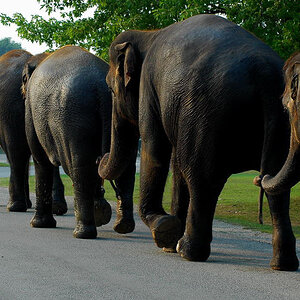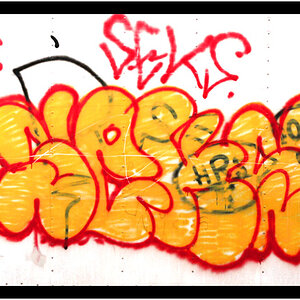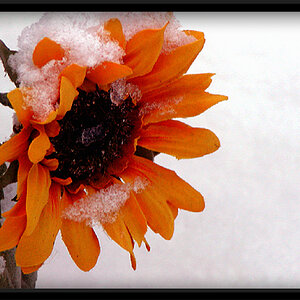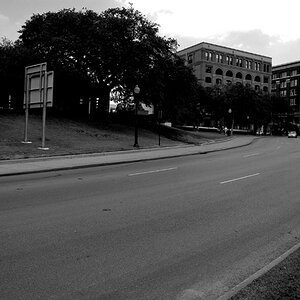Sbuxo
TPF Noob!
- Joined
- Aug 29, 2008
- Messages
- 973
- Reaction score
- 6
- Location
- somewhere :)
- Website
- www.instagram.com
- Can others edit my Photos
- Photos NOT OK to edit
1. I know about bouncing light off white walls/ceilings to soften the light. And I know that bouncing it off colored walls/ceilings can color cast, but what about in B&W film?
I'm going to be shooting a bedroom portrait series as an all-semester assignment and I'll be using tri-x 400 pulled to 200. I have an external flash unit and a tripod. I'll be going to my models' rooms and shooting there, one of them said they have red walls. Will the light bounce off that wall and will it affect the quality of light in my photos?
2. I also know silver and gold bounce cards in color photography can produce warmer tones and such, how about in B&W?
3. Should I use black backdrops in some? Will a black blanket work?
4. Finally, any tips you suggest, I'll take 'em!:love:
:smileys:
Thank you!
I'm going to be shooting a bedroom portrait series as an all-semester assignment and I'll be using tri-x 400 pulled to 200. I have an external flash unit and a tripod. I'll be going to my models' rooms and shooting there, one of them said they have red walls. Will the light bounce off that wall and will it affect the quality of light in my photos?
2. I also know silver and gold bounce cards in color photography can produce warmer tones and such, how about in B&W?
3. Should I use black backdrops in some? Will a black blanket work?
4. Finally, any tips you suggest, I'll take 'em!:love:
:smileys:
Thank you!










